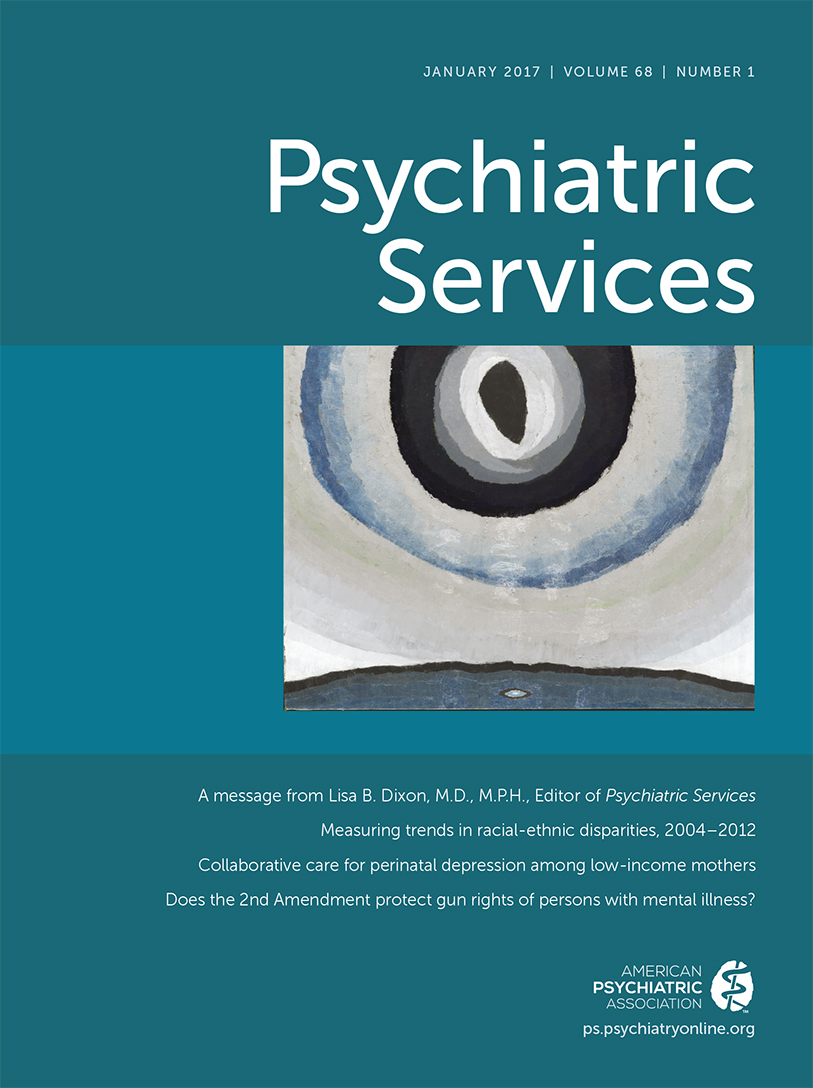Physicians as a Source of Medications for Nonmedical Use: Comparison of Opioid Analgesic, Stimulant, and Sedative Use in a National Sample
Abstract
Objective:
An estimated 6.5 million Americans engage in nonmedical use (NMU) of prescription medications. Physicians can be important targets for interventions to reduce NMU, but little is known about which individuals engaging in NMU receive medications from a physician versus other sources.
Methods:
Cross-sectional data from the National Survey on Drug Use and Health, 2006–2013, were analyzed. The sample included 34,690 persons ages 12 and older who reported prior-year NMU. Individuals identified medications used that were not prescribed to them or that they took only for the experience and feelings that they caused and identified the most recent source of each NMU medication. The sample was stratified into groups by medication obtained for NMU (opioid analgesics, stimulants, tranquilizers or sedatives, and multiple medications) and the proportion receiving each medication from a physician. Logistic regression was used to examine sociodemographic, health status, and substance use correlates of reporting a physician source for NMU medications.
Results:
The percentage that received medications from a physician varied by group: opioid analgesics, 23.7%; multiple medications, 20.1%; tranquilizers-sedatives, 11.9%; and stimulants, 10.4%. Across groups, positive correlates of reporting a physician as a source of NMU medications included male gender, non-Hispanic black race, receipt of mental health treatment, and more frequent NMU. Individuals reporting use of illicit drugs were less likely to receive medications for NMU from a physician.
Conclusions:
Among individuals who engaged in NMU, those with the greatest medical vulnerability were more likely to have a physician source. Clinical interventions to identify harmful use can play an important role in reducing NMU.



